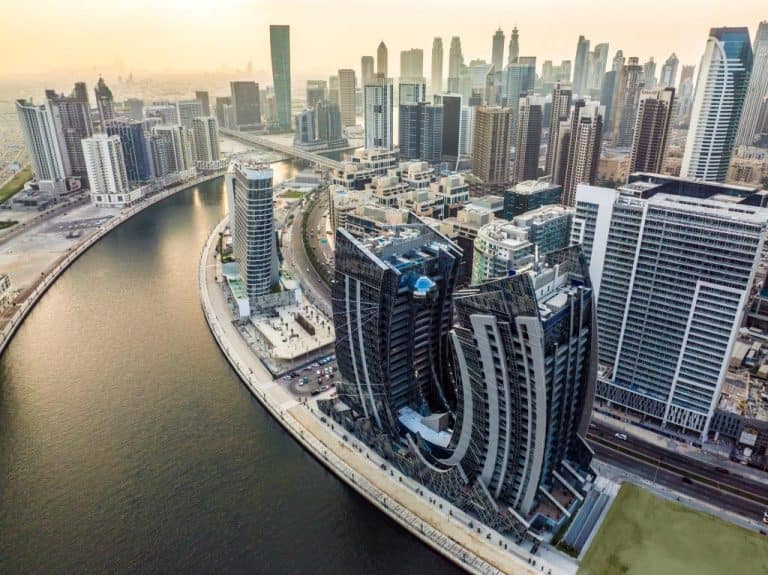Clichés in Architecture: A Reflection on Contemporary Practices
Architecture is a mirror that reflects peoples’ civilizations and cultures. But in the modern era, some architectural concepts have tended towards vulgarity and indulgence. Let us consider some of the clichés that have begun to appear in architectural designs:
Imitating the works of others: This trend appears when architects take the easier path by imitating the designs of others. Instead of creating a design that is in line with the local environment, known designs are taken and applied without modification.
Neglecting the local context: architecture derives its essence from the place in which it is erected. Neglecting the local culture and history makes the building incompatible with its environment.
Fails to meet user needs: Design must be flexible and adaptable to changing needs. Buildings that do not respond to the needs of their users quickly lose value.
Use of poor quality materials: The sustainability and efficiency of the building depends on the quality of the materials. In addition, poor materials lead to maintenance problems and may reduce the life of the building.
Ignoring sustainability: In a world facing environmental challenges, it becomes essential that design be environmentally friendly and strive to preserve it.
Designs without purpose: superficial beauty without content makes architectural work lose its true value.
Excessive focus on appearance: Exaggerated appearance without concern for function makes architectural work lose its essence.
In conclusion, we must remember that architecture is not just an art, but also a way to improve people’s lives and meet their needs. Therefore, we must be careful not to allow these cliched values to influence our business. We must always strive to maintain quality and excellence in architectural design, and ensure that we add real value to society through our work.
More on INJ Architects:
The Best Environmentally Friendly Materials for Green Architecture

